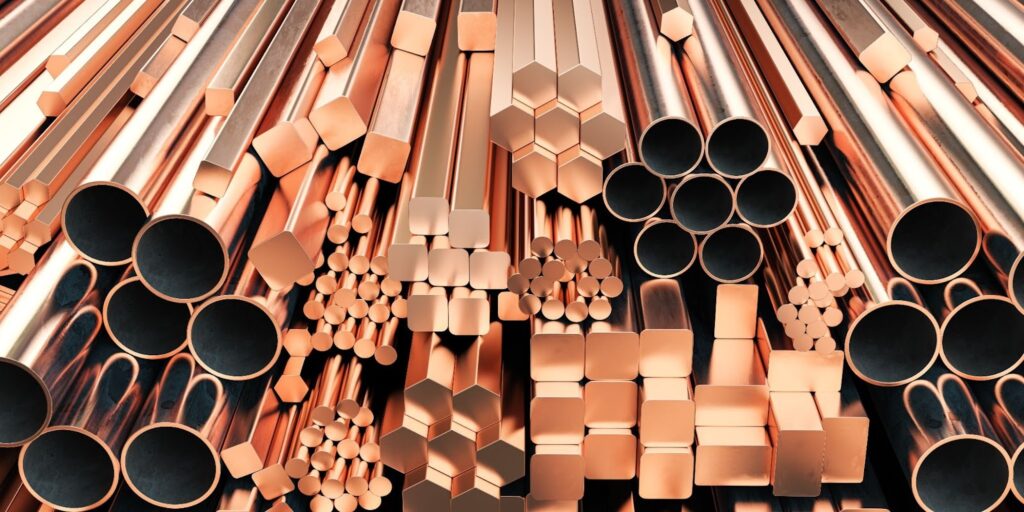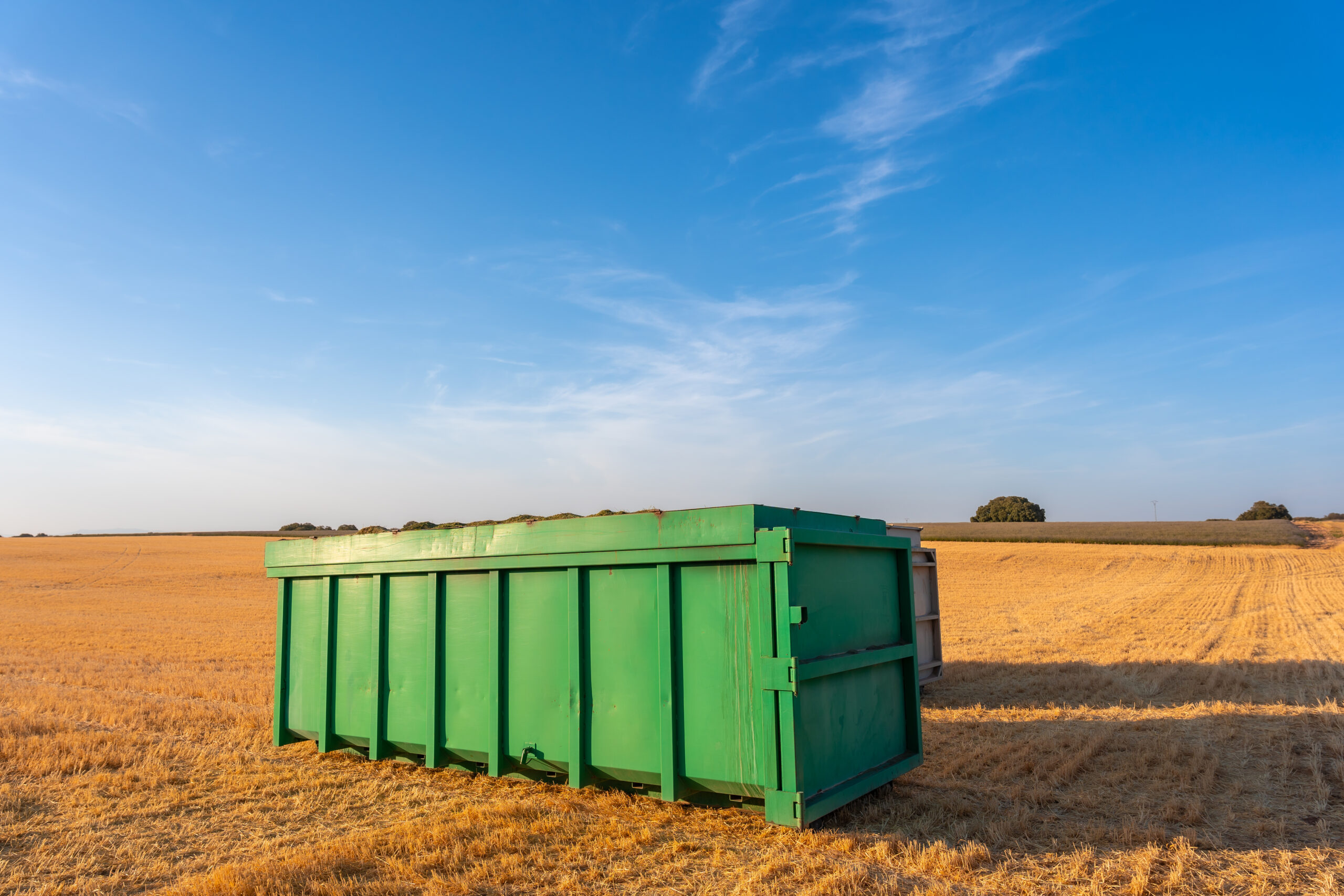Metals shape the built world, from bridges and buildings to smartphones and satellites. Understanding the families they fall into—and how those families behave—helps you choose better, build smarter, and avoid expensive surprises. This guide explains the essentials behind ferrous (iron-containing) and non-ferrous (iron-free) metals so you can pair the right material with the job. We’ll cover composition, performance, machining, corrosion, cost, sustainability, and simple field tests that separate one alloy from another. Whether you’re specifying structural steel, selecting wiring, or evaluating scrap value, the distinctions you’ll learn here will sharpen decisions from the shop floor to the boardroom.
Defining Ferrous and Non-Ferrous Metals in Simple Terms
Start with iron. Ferrous metals are iron-based alloys—think carbon steel, alloy steel, and cast iron—while non-ferrous metals exclude iron, covering aluminum, copper, zinc, nickel, titanium, magnesium, and their alloys such as brass and bronze. The presence or absence of iron changes everything: magnetism, density, corrosion behavior, and how a metal responds to heat treatment. Ferrous grades dominate heavy structures and machinery because they’re strong, abundant, and affordable. Non-ferrous alloys win when you need conductivity, corrosion resistance, low weight, or non-magnetic behavior. With that baseline, the rest of the trade-offs fall into place.
How Ferrous and Non-Ferrous Metals Differ
Magnetism is a quick tell. Most plain carbon steels and many alloy steels are magnetic, while aluminum, copper, and brass are not. Carbon content is the second driver, influencing hardness, strength, and weldability in ferrous grades. Add controlled elements—chromium, nickel, molybdenum, manganese—and properties shift again, sometimes even reducing magnetism, as with certain stainless steels. On the non-ferrous side, alloying aluminum with magnesium or copper, or copper with zinc, changes strength and formability without introducing iron.
Magnetism as a Quick Test
A hand magnet instantly separates common steels from aluminum or copper. It’s a fast screen before deeper identification.
Carbon Drives Strength and Rust
More carbon usually means higher strength and hardness in steel, but it can reduce weldability and increase the risk of rust without protection.
Alloying Shifts Behavior
Elements like chromium or nickel can improve corrosion resistance and toughness. In some stainless grades, magnetism drops noticeably.
Where You’ll See Ferrous and Non-Ferrous Metals in Everyday Use
Look around a jobsite or city block and you’ll spot both families working side by side. Rebar, I-beams, heavy machine frames, rails, and tools are overwhelmingly ferrous because they deliver massive strength at a manageable cost. Non-ferrous shines where specific performance matters: aluminum in curtain walls and ladders, copper in wiring and plumbing, brass in valves and fittings, bronze in bearings, and titanium in high-strength, low-weight parts that face corrosion or heat. Choosing correctly is about matching the dominant requirement—not forcing one family to do the other’s job.
What are Ferrous and Non-Ferrous Metals Trade-Offs that Matter?
Density is a silent design constraint. Steels hover around three times the density of aluminum, so the same volume can add substantial weight penalties to vehicles and aerospace parts. On the flip side, ferrous grades often deliver fatigue resistance and impact toughness that non-ferrous options can’t match at the same price point. Durability also means dimensional stability across temperature swings, which many steels handle gracefully. Selecting the right path means balancing strength-to-weight with service conditions and lifecycle costs.
When Weight Rules
Aluminum, magnesium, and titanium cut mass dramatically. Less weight improves fuel economy and handling in moving systems.
When Sheer Strength Wins
Carbon and alloy steels carry heavy loads economically. For static structures, their value is hard to beat.
How Ferrous and Non-Ferrous Metals Survive the Elements
Iron likes oxygen; left bare, most steels rust in moisture and salt. Protective coatings, galvanizing, paints, or alloying with chromium and nickel can slow or stop the decay. Many non-ferrous metals naturally resist corrosion thanks to stable oxide films—aluminum’s thin alumina layer and copper’s protective patina are classic examples. Stainless steels occupy a middle ground: ferrous at heart but alloyed for passivity. In marine or chemical environments, corrosion resistance can outweigh almost every other consideration.

How Shops Experience Ferrous and Non-Ferrous Metals
Fabricators care about chip formation, tool wear, and distortion. Free-machining steels cut cleanly and heat treat well, while some stainless grades work-harden and require sharp tools and coolant discipline. Aluminum machines quickly but can gall without proper lubricants, and thin sections may distort under heat. Copper and brass machines nicely but need attention to burr control. Welding varies, too: mild steels are forgiving; aluminum demands cleanliness and technique; copper steals heat; titanium requires shielding excellence.
Formability and Work Hardening
Aluminum and some stainless grades work-harden fast. Plan forming sequences and tool radii to prevent cracking.
Heat Treating Options
Steels offer rich heat-treat paths for strength and wear. Non-ferrous alloys rely more on temper and aging than phase transformations.
Ferrous and Non-Ferrous Metals Through a Budget Lens
Iron ore and steelmaking scale keep ferrous prices comparatively low and supply deep. Non-ferrous markets are more sensitive to mining constraints and global demand cycles—aluminum, copper, and nickel can swing noticeably in cost. Total cost isn’t just purchase price, though. Weight savings can reduce energy costs, corrosion resistance can cut maintenance, and easier machining can trim labor. Price the entire lifecycle, not just the pallet.
Why Ferrous and Non-Ferrous Metal? Matter for a Circular Economy
Both families recycle well, but the economics differ. Ferrous scrap is plentiful and easy to separate magnetically, feeding electric arc furnaces with metal recycling content. Non-ferrous scrap, particularly aluminum and copper, retains high value and saves enormous energy versus primary production. Clean sorting is essential: mixed or contaminated streams lose value quickly. Designing for disassembly and material labeling pays dividends at end of life.
Magnet-Based Sorting
Ferrous pulls easily from scrap lines with magnets. That simplicity supports high recovery rates at scale.
Value of Clean Scrap
Separated aluminum, copper, and brass command premiums. Keep streams pure to protect resale value and energy savings.
Using Ferrous and Non-Ferrous Metals as a Selection Framework
Start with the primary function. If load-bearing strength and low cost drive the spec, a steel grade often wins. If conductivity, corrosion resistance, or weight reduction is paramount, non-ferrous moves to the front. Next, factor in environment, fabrication processes, tolerances, and maintenance windows. Finally, validate with testing and supplier data rather than assumptions—two alloys with similar names can behave very differently in service.
Simple Ways to Sort Ferrous and Non-Ferrous Metals Without a Lab
You don’t always have a spectrometer handy. Quick, non-destructive checks help you triage materials on the spot. Magnets separate many steels from aluminum or copper instantly. Freshly abraded color can hint at composition—brass shows yellow-gold, copper goes reddish, aluminum is silvery and light. A controlled spark test on a grinder can distinguish carbon steel from high-alloy steel by spark pattern, but skip it near flammables and always follow safety rules.
The Magnet Test
If it sticks firmly, you likely have a ferrous grade. Weak or no attraction suggests non-ferrous or certain stainless steels.
Spark and Color Clues
Short, branching sparks point to higher carbon steels. Warm gold or red metallic hues suggest brass or copper.
Protecting Ferrous and Non-Ferrous Metals for Long Service
Surface engineering stretches lifespan. Galvanizing adds a sacrificial zinc layer to steel, powder coat seals the surface against weather, and paints provide UV and moisture barriers. Aluminum anodizing thickens the protective oxide and enables color, while passivation treatments on stainless steel restore corrosion-resistant films after machining. Finishes should align with environment, touch frequency, and cleaning chemistry to avoid premature failure.
Where Ferrous and Non-Ferrous Metals Meet Regulations
Standards often constrain material choice. Building codes specify structural steel grades and testing; electrical codes require copper or aluminum conductors of defined sizes and insulation; potable water systems limit lead content in copper alloys; and aerospace parts adhere to tight alloy and heat-treat callouts. Compliance isn’t paperwork—it’s the guarantee that materials behave as expected when lives and livelihoods depend on them.
How Sectors Answer, “What are Ferrous and Non-Ferrous Metals?”
Construction leans on ferrous for frames and rebar but uses non-ferrous for roofing, cladding, and electrical systems. Automotive blends high-strength steels for crash structures with aluminum for body panels and wheels, plus copper for wiring. Electronics chase conductivity and heat dissipation with copper and aluminum, while marine projects prize stainless steels, copper-nickel, and aluminum for corrosion resistance. Each sector optimizes its own balance of cost, weight, and performance.
Transport and Mobility Priorities
Every pound matters for vehicles and aircraft. Lighter alloys reduce energy use while meeting safety targets.
Built Environment Needs
Longevity and maintainability rule in buildings. Protective coatings and corrosion-resistant alloys pay off over decades.

Where Innovation is Taking Ferrous and Non-Ferrous Metals
Materials evolve with demands. Advanced high-strength steels bring thinner gauges with equal or better performance for vehicles and infrastructure. Aluminum and magnesium alloys continue to improve crashworthiness and moldability. Copper remains central to electrification and grid upgrades, while battery and hydrogen systems introduce new corrosion and temperature profiles that alloys must survive. Expect more hybrid designs that combine families to hit ambitious weight, strength, and sustainability goals.
Lighter Alloys for Mobility
New compositions and heat treatments push aluminum and magnesium further. Designers gain strength without paying a weight penalty.
Smarter Steels for Infrastructure
Microalloyed and dual-phase steels deliver toughness and weldability. They stretch maintenance cycles in bridges and heavy equipment.
Turning Ferrous and Non-Ferrous Metals Into Better Purchases
Specs on paper aren’t enough. Ask suppliers for mill certs, traceability, and batch properties, and verify that tolerances and surface finishes match your process needs. Consider downstream steps—welding, machining, coating—before you buy, because an alloy that’s cheap at the dock can be costly at the spindle. Where possible, standardize on widely stocked grades to protect against supply shocks and simplify recycling at end of life.
Using Ferrous and Non-Ferrous Metals for Better Decisions
The divide between these metal families isn’t academic—it shapes performance, fabrication, cost, and sustainability throughout a product’s life. Ferrous metals deliver unmatched value for heavy loads, structures, and wear, while non-ferrous choices unlock conductivity, corrosion resistance, and weight savings. With a clear sense of service environment and production realities, you can select confidently, specify precisely, and support maintenance and recycling plans that keep assets working longer. That’s the power of understanding the question at the core: what are ferrous and non-ferrous metals, and which one do you need today?
Visit our Top Dog Waste Solutions blog to learn more about the differences between ferrous and non-ferrous metals.








